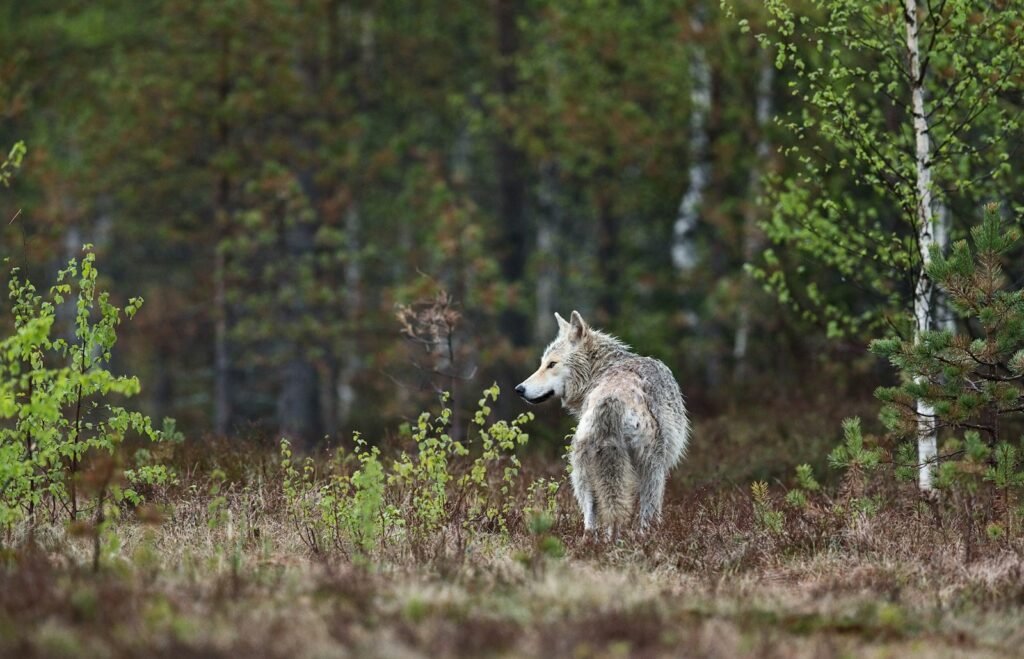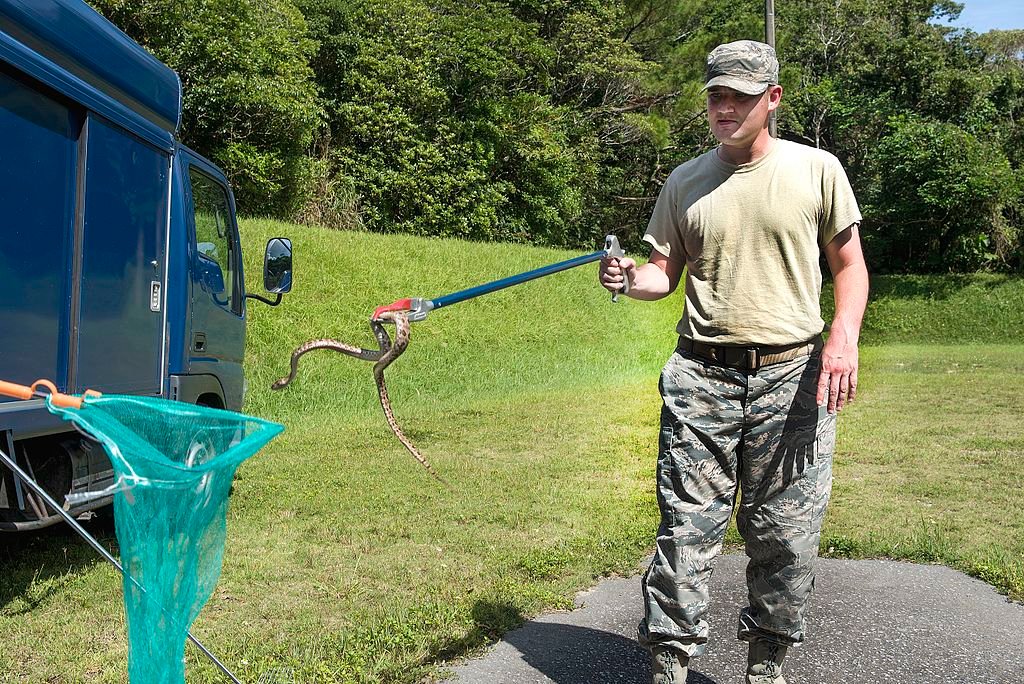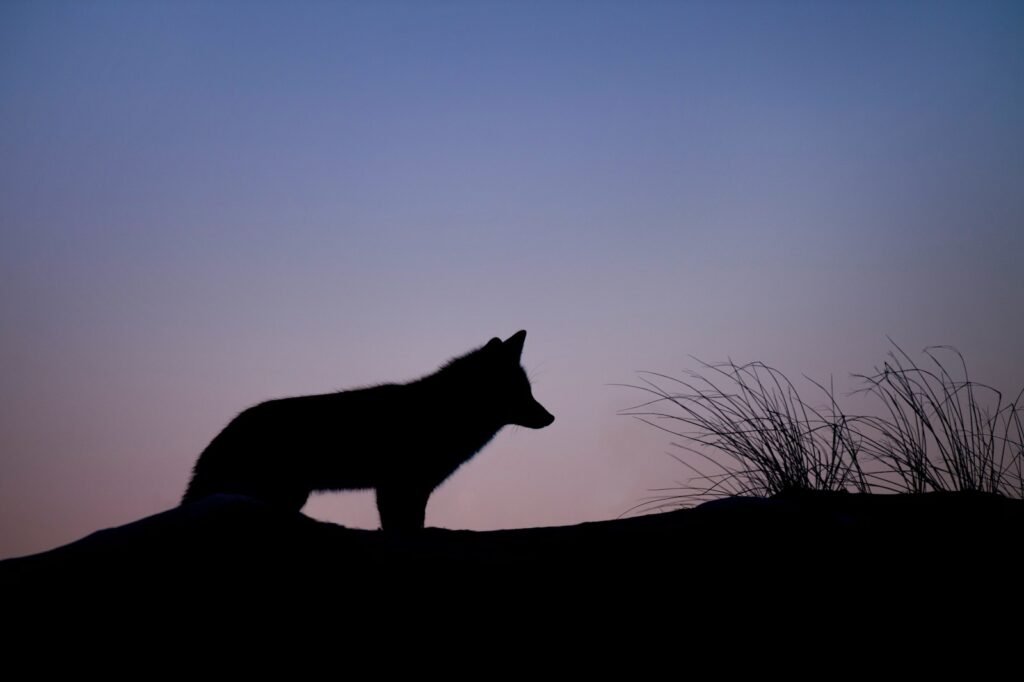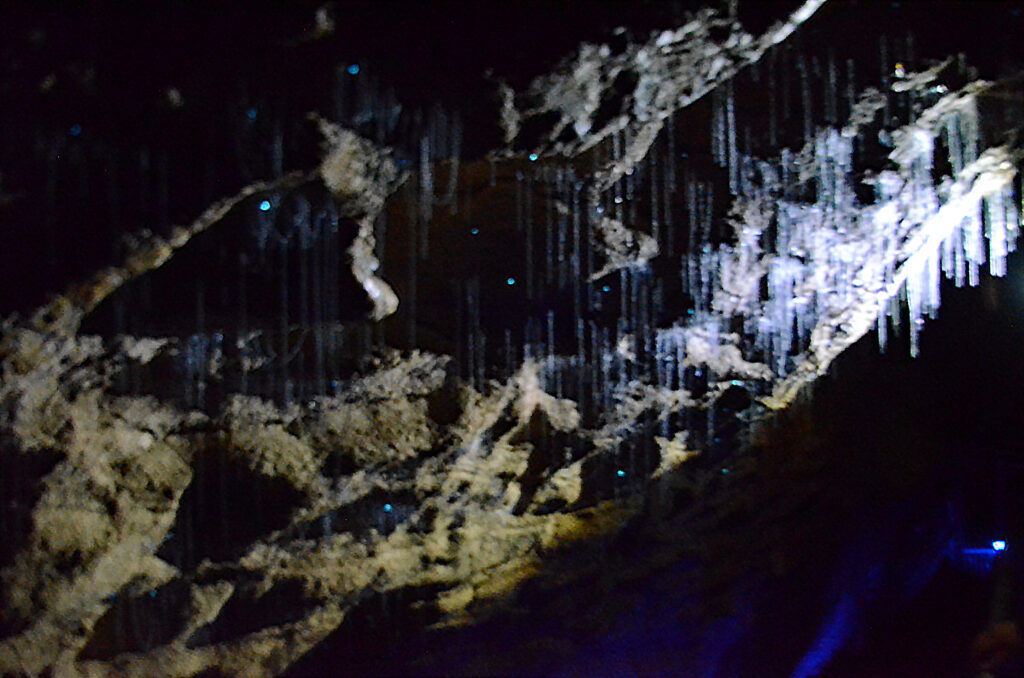For over a century, the U.S. government has waged a silent war against coyotes, mountain lions, and other predators in Nevada’s wildlands all in the name of protecting livestock. But now, a federal appeals court has intervened, demanding a pause on the controversial killings until a full environmental review is completed. The ruling represents a pivot point in an old struggle involving ranchers, environmentalists, and federal land agencies over what method to employ to balance farming with preserving open country.
At the center of the controversy is a program operated by the USDA’s Wildlife Services, which has employed helicopters, traps, and poisons to control predator populations since the 1880s. But the program is criticized for working with minimal oversight, too often damaging ecosystems more than assisting them. The court ruling could have implications for how predator control is managed throughout the American West.
A Legal Blow to Decades of Predator Control

In a landmark ruling on Monday, the 9th U.S. Circuit Court of Appeals found that the USDA’s Wildlife Services program failed to properly assess the ecological consequences of its predator-killing operations in Nevada’s protected wilderness areas. The court declared the existing environmental review “deficient in several ways,” forcing an immediate halt to lethal control measures in 65 wilderness areas and 62 wilderness study zones covering a staggering 6.2 million acres, nearly 9% of Nevada’s landmass.
Judge Morgan Christen, who wrote the opinion, was firm that federal agencies need to abide by the National Environmental Policy Act (NEPA), which mandates thorough environmental impact assessments before significant activity on public lands is undertaken. Until a new review is conducted, Wildlife Services can no longer kill coyotes from helicopters or place body-gripping traps in such protected areas.
The Bloody Legacy of Wildlife Services

The USDA’s predator control program stretches as far back as the frontier period, when settlers considered wolves, coyotes, and mountain lions a menace to their herds. Even today, the agency continues to use deadly tactics, killing more than 15,500 coyotes in Nevada alone between 2015 and 2020. While the program claims to protect cattle and sheep, conservationists argue it’s based on outdated science and often kills the wrong animals.
A 2012 investigation by The Sacramento Bee revealed that Wildlife Services accidentally kills thousands of non-target species each year, including endangered animals and even family pets. The agency’s reliance on indiscriminate traps and aerial gunning has drawn fierce criticism from biologists, who say such methods disrupt ecosystems without solving the root problem.
Where Are the Killings Happening?

Nevada’s predator control efforts are largely focused in rural counties where ranching prevails. White Pine, Eureka, Elko, and Humboldt counties, where the most deadly operations take place, are regions with huge open ranges and heavy livestock populations, court documents state.
But the ruling brings to light one main contradiction: much of the land where Wildlife Services is active is federally protected wilderness, such as Mount Charleston and the Meadow Valley Range. These areas were made so specifically that they would not be touched by human presence, so the question remains as to why predator slaughter was ever permitted there in the first place.
Science vs. Tradition: A Shift in Predator Management

Jennifer Schwartz, an attorney with WildEarth Guardians the nonprofit that brought the lawsuit sees the ruling as a victory for modern wildlife science. “The current methods aren’t just cruel; they’re ineffective,” she says. “Studies show that killing predators often leads to more conflicts, not fewer, because it disrupts pack structures and increases breeding rates.”
Evidence backs her argument. A Frontiers in Ecology and the Environment study published in 2016 discovered that non-lethal protection methods such as guard dogs, fencing, and flashing lights tended to be better at safeguarding livestock than actually killing them off. Schwartz posits that for decades, Wildlife Services has given these alternatives a blind eye in favor of embracing a “shoot-first” attitude that damages biodiversity.
What Happens Next?

The court’s decision doesn’t end predator control in Nevada it merely suspends it in wilderness areas until a proper environmental review is completed. The USDA could appeal, but if it complies, the new assessment must include public input and consider non-lethal alternatives.
Ranchers, meanwhile, worry about the economic impact. “If we can’t control coyotes, we lose calves, and that hurts our bottom line,” says one Elko County cattleman. But conservationists counter that taxpayer-funded killings shouldn’t be the default solution especially when science offers better options.
A Turning Point for Wildlife Conservation?

This case has ripple effects potential far beyond Nevada. If courts call for stricter controls on predator control programs across the country, it could compel agencies to get on a more sustainable track. Until then, the decision is a welcome victory for wilderness defenders, one that restates a fundamental principle: in protected areas, nature should be free to run its course.
As Schwartz puts it, “This isn’t just about coyotes. It’s about whether we’re willing to coexist with wild ecosystems or keep trying to dominate them.”
Final Thoughts
The battle over predator control is far from over, but this ruling signals a growing recognition that old methods may no longer be justified. With science, law, and public opinion shifting, the era of unchecked lethal control could be coming to an end at least in the wild heart of Nevada.
Source :

Jan loves Wildlife and Animals and is one of the founders of Animals Around The Globe. He holds an MSc in Finance & Economics and is a passionate PADI Open Water Diver. His favorite animals are Mountain Gorillas, Tigers, and Great White Sharks. He lived in South Africa, Germany, the USA, Ireland, Italy, China, and Australia. Before AATG, Jan worked for Google, Axel Springer, BMW and others.




